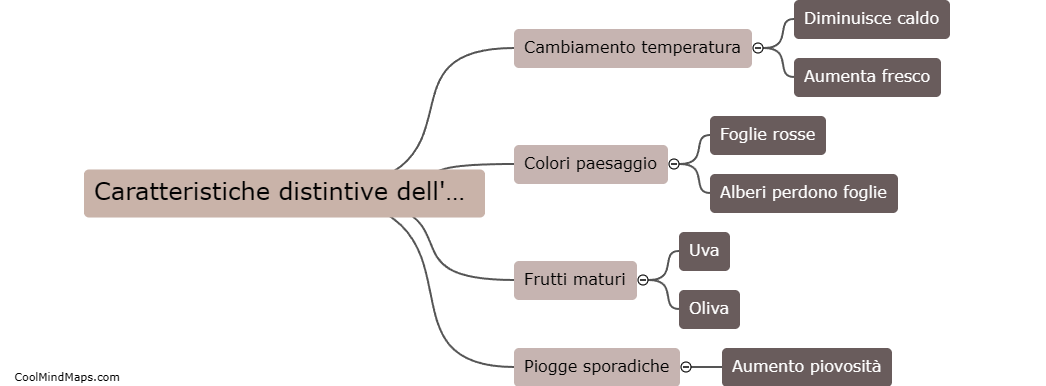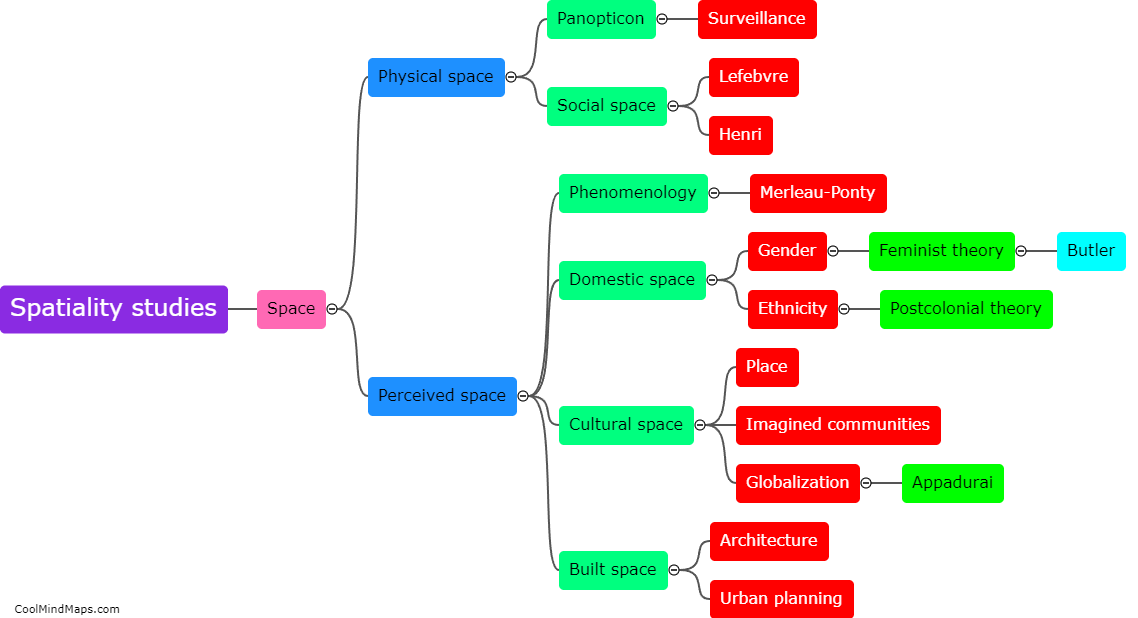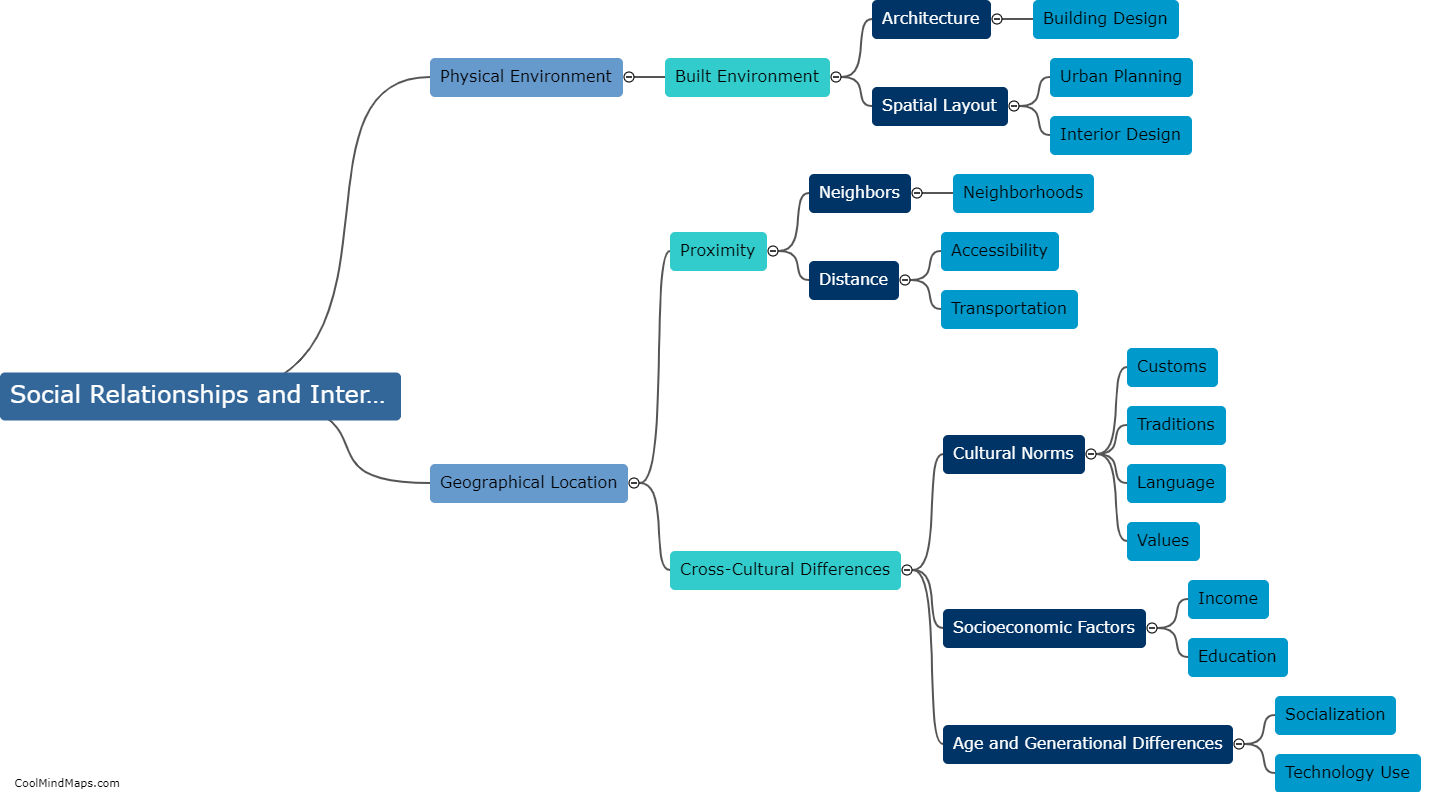What is the Spanish flu?
The Spanish flu, also known as the 1918 influenza pandemic, was a deadly global outbreak of influenza that infected an estimated 500 million people worldwide, or about one-third of the world's population at the time. It occurred between 1918 and 1920, during the final stages of World War I, and claimed the lives of an estimated 20 to 50 million people, making it one of the deadliest pandemics in human history. Despite its name, the Spanish flu did not originate in Spain, but likely began in the United States or China. The pandemic was characterized by unusually high mortality rates, particularly among young adults, and its rapid spread was facilitated by the movement of soldiers during the war. The Spanish flu had a profound impact on societies worldwide and led to significant medical advancements in the understanding and prevention of influenza viruses.

This mind map was published on 31 August 2023 and has been viewed 99 times.











